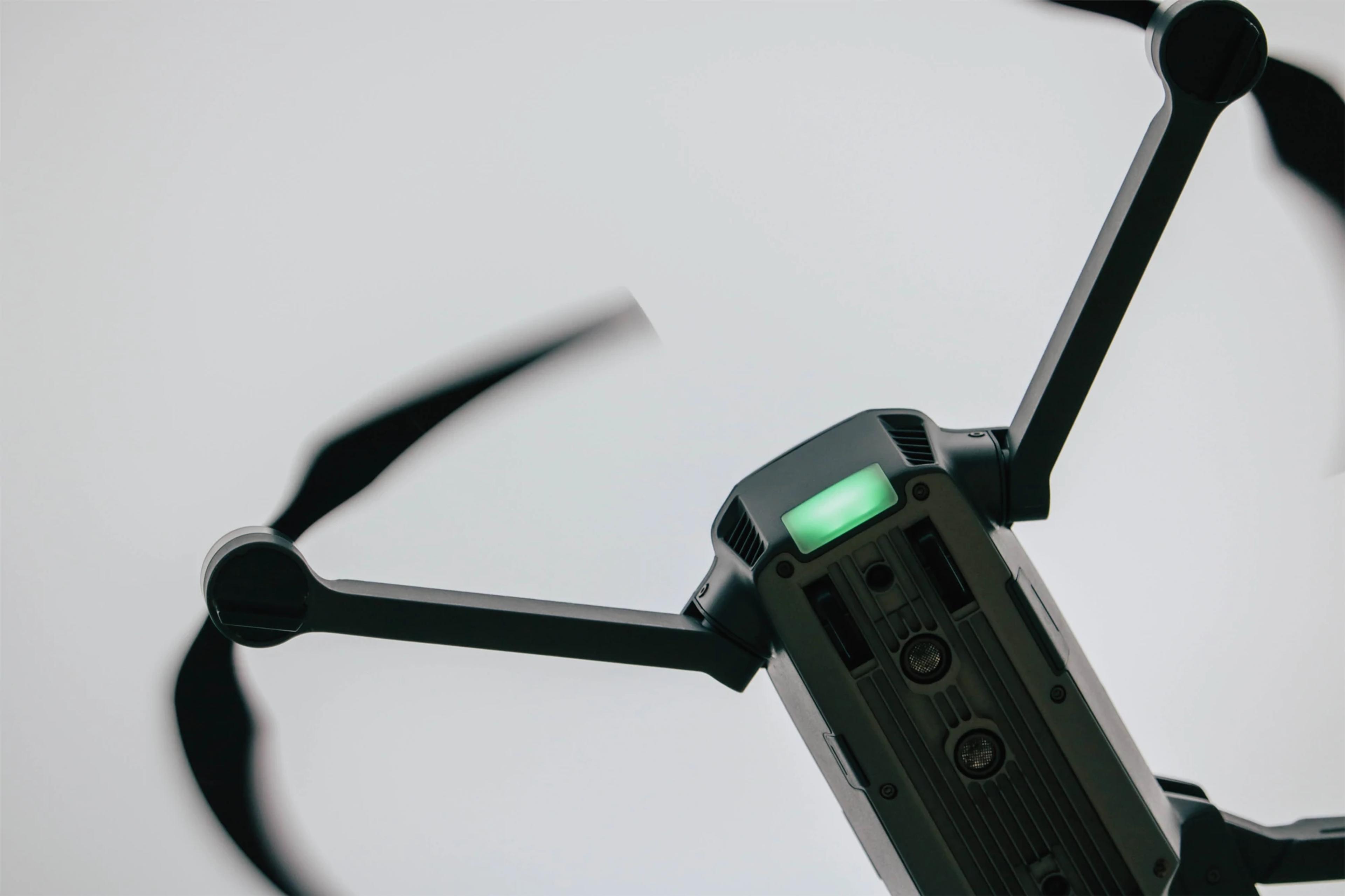FOD4WIND


Facts
Problem owner
Project period
Total budget
17,510,000 kr.Support amount
9,960,000 kr.Partners
About the project
Challenge
To ensure that the offshore wind turbines were continuously operating optimally, they were subject to a very well-defined service program, where preventive maintenance was carried out by skilled technicians. Most of the wind farms, which were far from land or a suitable service port, were serviced by SOVs, which were large but efficient service vessels. The crew of the SOVs could typically perform full service on more than one turbine per day with a range of tools and spare parts already on board the vessel. During this service, the technicians did what they could during the period, but they were limited by the physics of moving back and forth, up and down, carrying tools and hoisting spare parts, etc.
Solution
There was great potential to improve service by cutting corners with new technology. This innovation project focused on fully autonomous wind turbine inspection and package deliveries with e.g. tools using drones and fixed charging stations on offshore service vessels. The project introduced an unprecedented level of autonomy and speed, which optimized the O&M costs of servicing offshore wind turbines.
As the name Flexible Offshore Drone for Wind also indicated, the plan with the drone was to be “flexible” and thus be able to be used in several ways. It was to function as a small offshore helicopter that – in addition to package delivery and inspection of offshore wind turbines – could also be involved in rescue operations and in the long term have more other functions.
Since the drones could be used for several different purposes, it was possible to reduce sailing to the offshore wind turbines and thus reduce both the costs and CO2 emissions associated with maintaining the wind farms.
Result
All effects were in 2030 and based on 70 installed charging stations with drones:
- Downtime was reduced by 12,250 hours
- CO2 emissions were reduced by 13,000 tons per year
- Energy production increased by 39,200 MWh per year
- Service costs were reduced by 424 million DKK per year
- Employment increased by 180 employees
Want to learn more?

Skibsbyggerivej 5, 3. sal.
9000 Aalborg
Navitas
Inge Lehmanns Gade 10
8000 Aarhus C
House of Offshore Innovation
Kanalen 1
6700 Esbjerg
Port House
Vendersgade 74
7000 Fredericia
BLOXHub
Bloxhub, Bryghusgade 8, 3. sal,
1474 København K
Energy Cluster Denmark
Nørre Havnegade 43
6400 Sønderborg
©Energy Cluster Denmark 2025